The world of big cats is full of mystery and intrigue. These majestic creatures, including lions, tigers, leopards, and jaguars, are known for their stealth and power. One of the most fascinating aspects of their lives is how they choose the perfect ambush spot for hunting. This article delves into the strategies and instincts that guide these predators in their pursuit of prey, revealing the secrets behind their success in the wild.
The Art of Patience
Big cats are masters of patience. They understand that a successful hunt requires waiting for the right moment. Unlike other predators that may rely on speed or brute force, big cats often use stealth and surprise to their advantage. They can spend hours, or even days, observing their prey from a distance, waiting for the perfect opportunity to strike. This patience is a key factor in their ability to choose the ideal ambush spot, as they must balance the need for concealment with the need to remain close enough to their target.
Understanding Prey Behavior
One of the most important aspects of selecting an ambush spot is understanding the behavior of their prey. Big cats are keen observers of their environment, and they use this skill to predict the movements and habits of the animals they hunt. By studying the routines and patterns of their prey, big cats can anticipate where the animals are likely to be and position themselves accordingly. This knowledge allows them to select ambush spots that maximize their chances of a successful hunt.
The Role of Terrain
Terrain plays a significant role in how big cats choose their ambush spots. Different types of terrain offer various advantages, depending on the species of cat and the prey they are targeting. For example, leopards may prefer dense vegetation or rocky outcrops that provide excellent cover, while lions might choose open savannahs where they can blend in with the tall grass. Each species has adapted to its environment, using the natural features of the landscape to its advantage when hunting.
Camouflage and Concealment
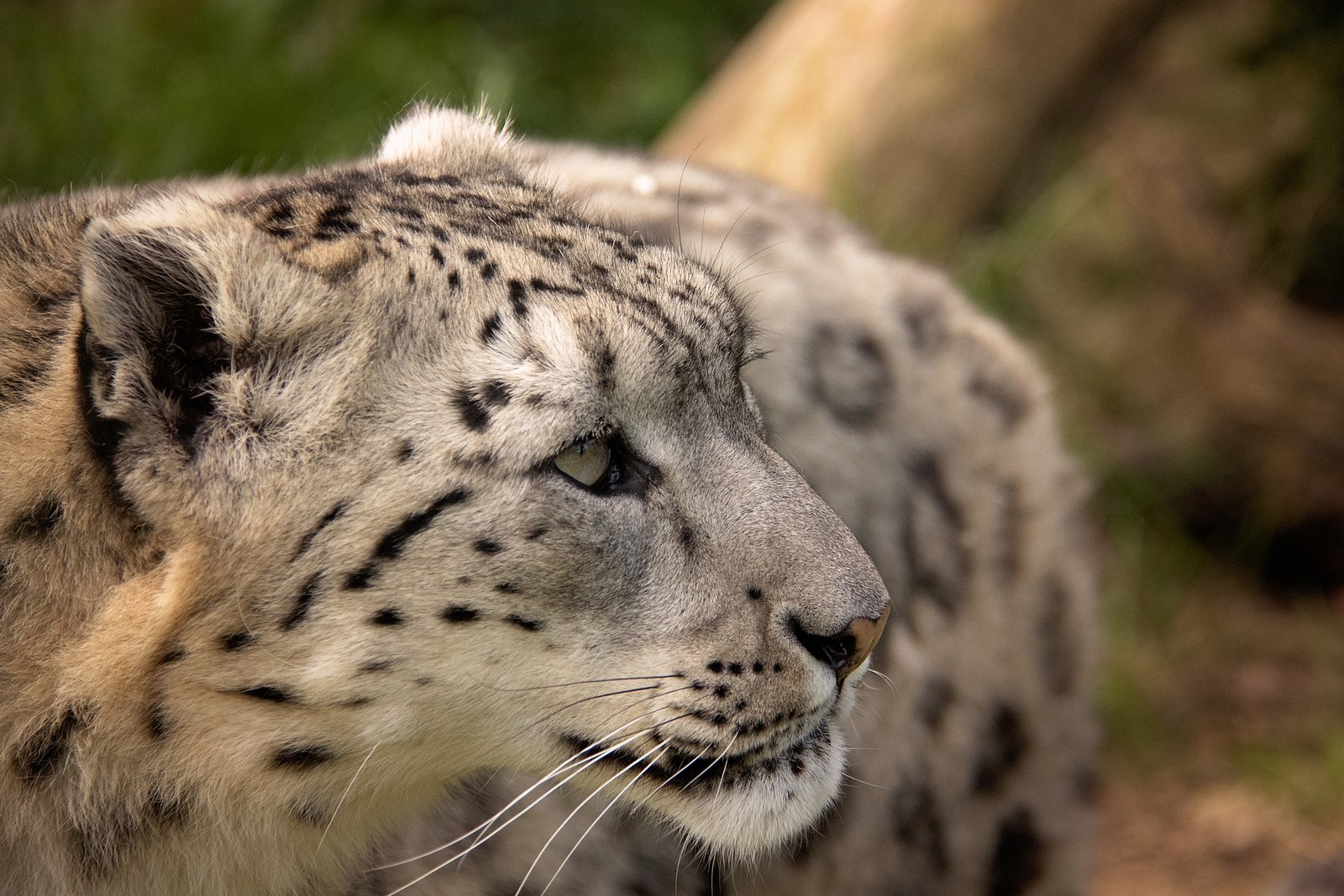
Camouflage is another critical factor in choosing an ambush spot. Big cats have evolved to blend in with their surroundings, and they use this ability to remain hidden from their prey. Their coats are often patterned with spots, stripes, or solid colors that mimic the environment, making it difficult for prey to spot them until it’s too late. By selecting a location that enhances their natural camouflage, big cats increase their chances of remaining undetected until they are ready to strike.
Distance and Timing
The distance from which a big cat launches its attack is crucial to its success. Too far away, and the prey may escape; too close, and the prey may detect the predator’s presence. Big cats must carefully judge the distance and timing of their attack to ensure a successful ambush. This requires a deep understanding of their own capabilities and limitations, as well as those of their prey. Timing is everything, and big cats have honed this skill to perfection over millennia of evolution.
Wind Direction and Scent
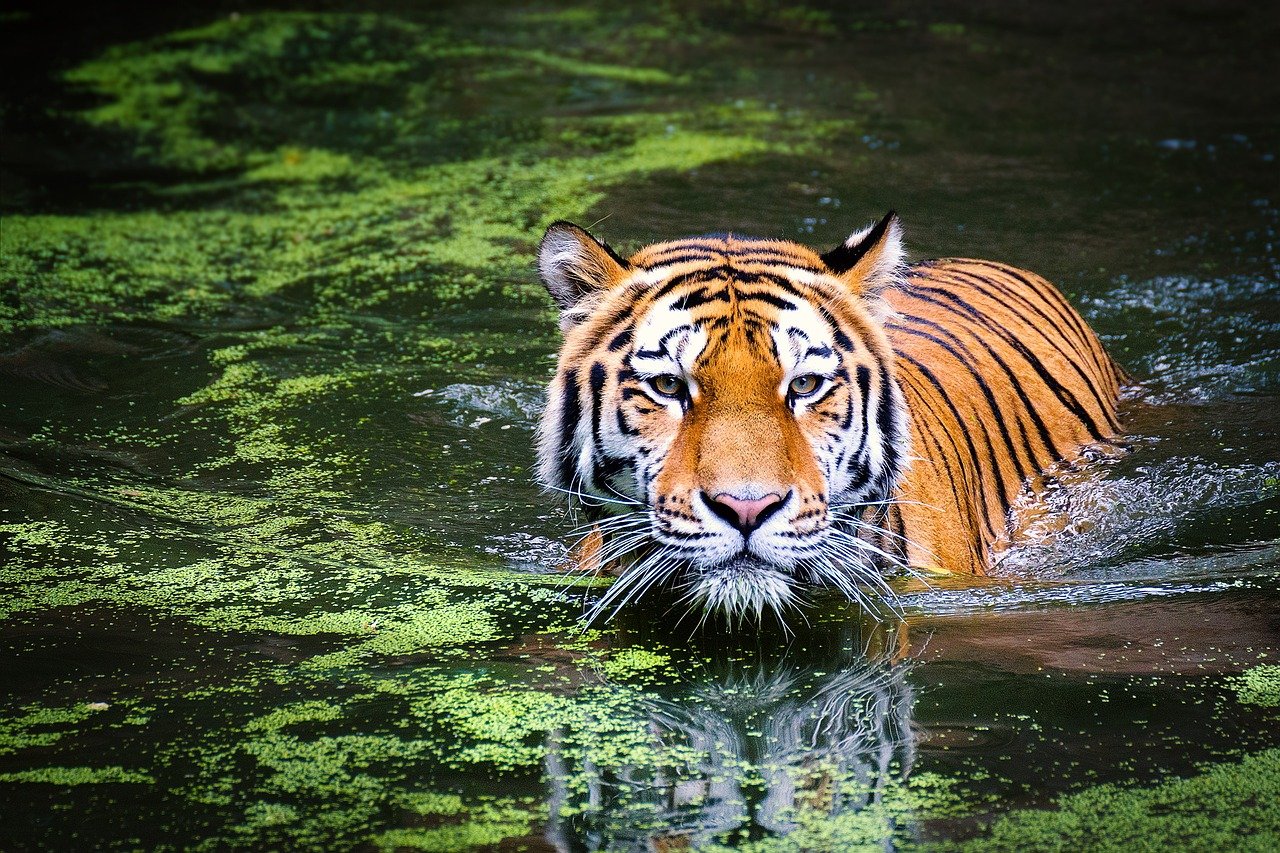
Wind direction and scent play a vital role in how big cats choose their ambush spots. They have an acute sense of smell and are highly aware of how wind can carry their scent to potential prey. By positioning themselves downwind of their target, big cats can minimize the chances of being detected by their scent. This strategic use of wind direction is a testament to their intelligence and adaptability as hunters.
Utilizing Natural Cover
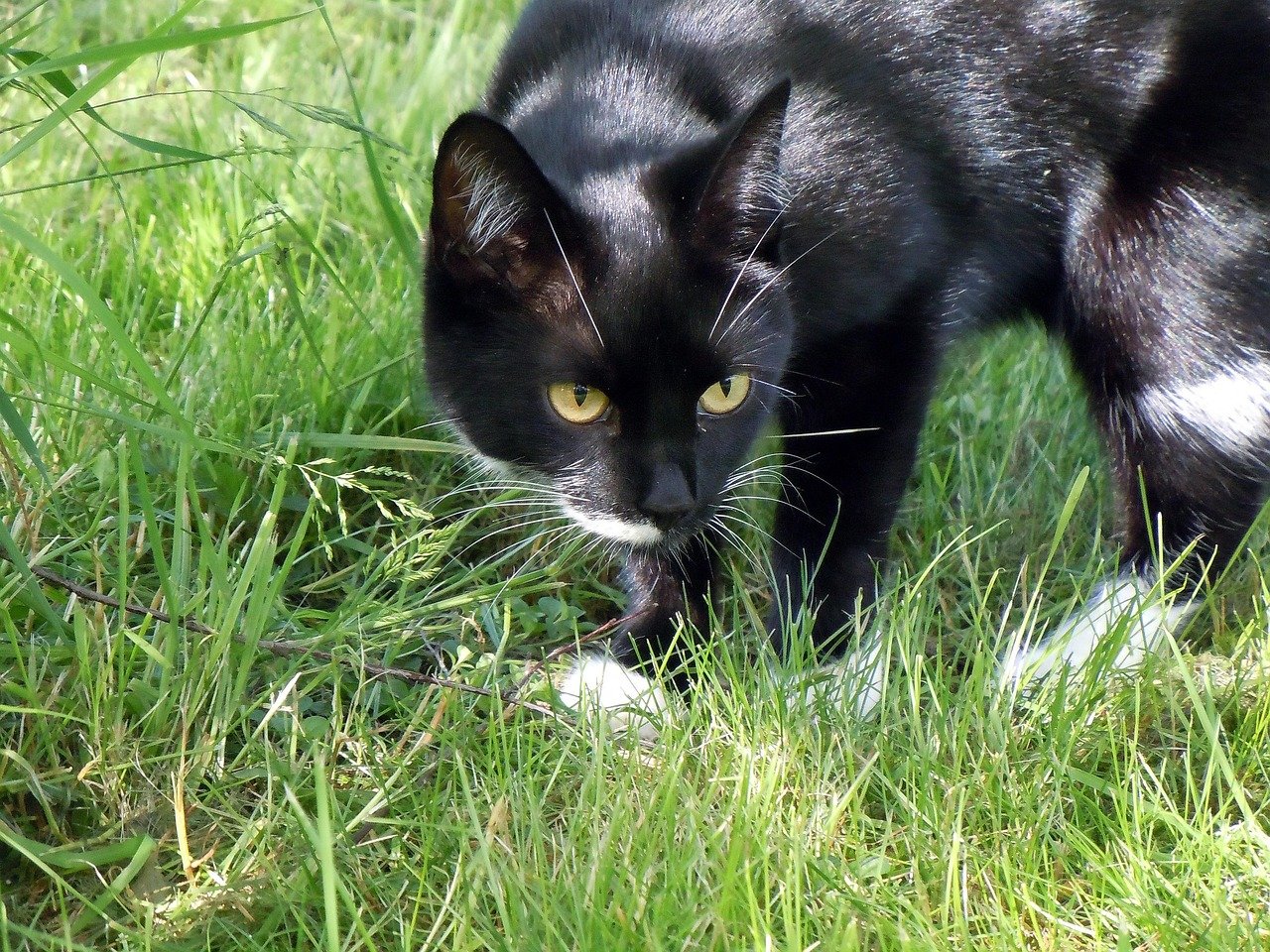
Natural cover is essential for a successful ambush. Big cats often use features such as bushes, trees, or rocks to hide themselves from view. These natural structures provide a barrier between the predator and its prey, allowing the cat to get as close as possible without being seen. By using the natural cover available in their environment, big cats can increase their chances of a successful hunt, making the most of the resources at their disposal.
Learning from Experience

Experience is a valuable teacher for big cats. Young cats learn from their mothers and other experienced hunters in their pride or territory. They observe and mimic the techniques used by adults, gradually developing their own skills and strategies. Over time, these young cats become adept at selecting ambush spots, using their accumulated knowledge to make informed decisions that increase their hunting success.
Adapting to Changing Conditions
The ability to adapt to changing conditions is crucial for big cats. Their environment is constantly in flux, with factors such as weather, prey availability, and human activity affecting their hunting strategies. Big cats must be flexible and resourceful, adjusting their tactics and ambush locations as needed to maintain their success. This adaptability is one of the reasons why big cats have survived and thrived in a variety of habitats around the world.
The Element of Surprise
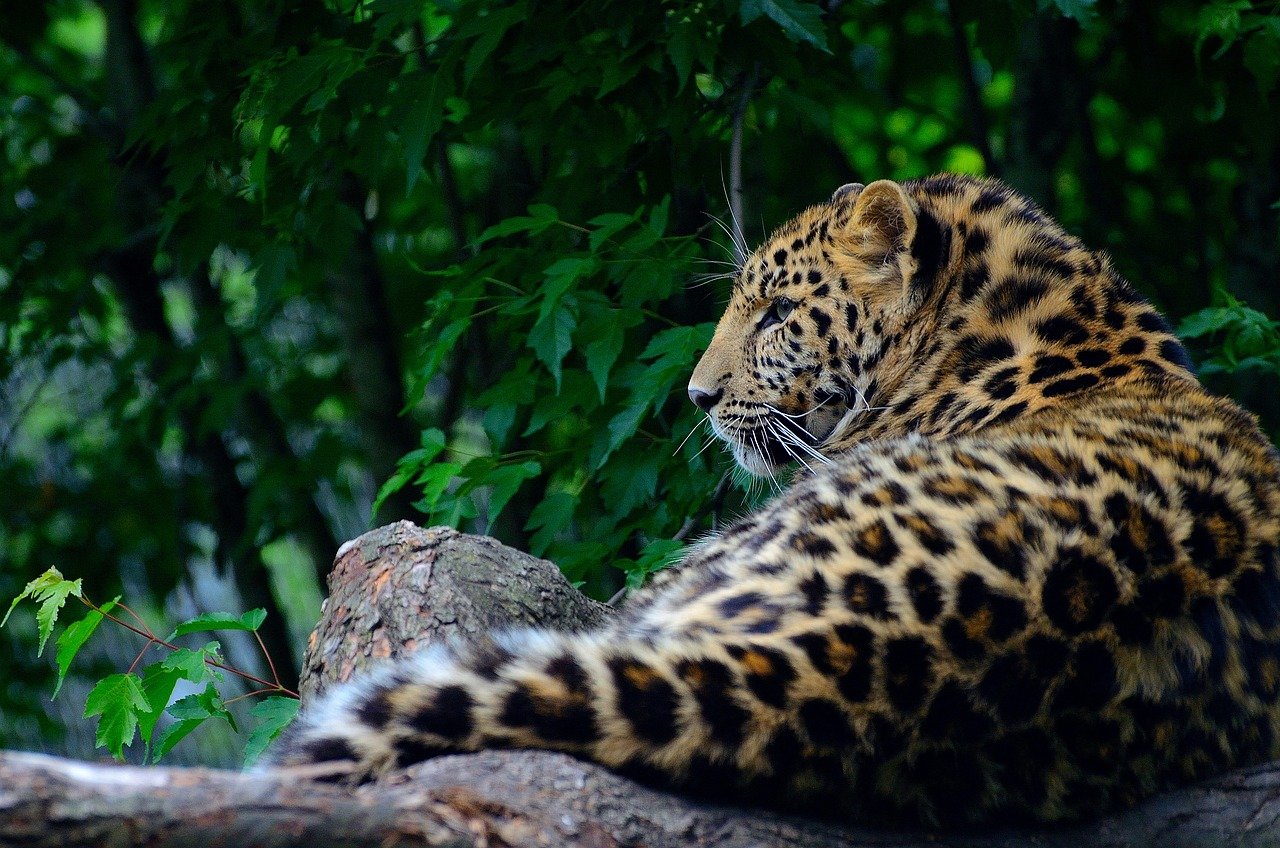
Surprise is a key component of a successful ambush. Big cats rely on their ability to catch prey off guard, using stealth and speed to close the distance quickly and silently. By carefully selecting ambush spots that maximize the element of surprise, big cats can increase their chances of a successful kill. This requires a deep understanding of their prey’s behavior and an ability to anticipate their movements effectively.
Teamwork and Collaboration
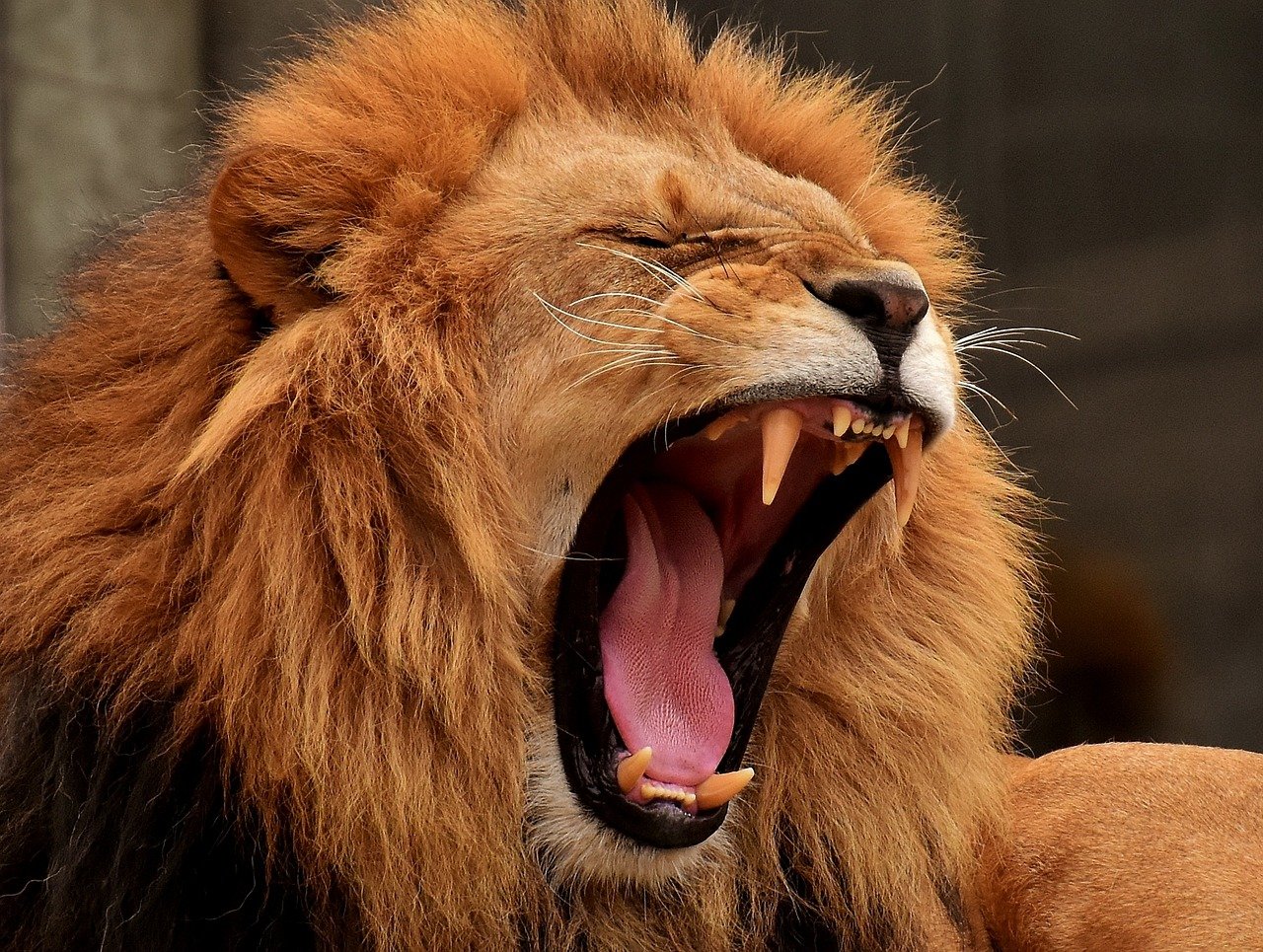
In some cases, big cats use teamwork to enhance their hunting success. Lions, for example, are known for their cooperative hunting strategies. They work together to drive prey into an ambush, using their numbers to outmaneuver and overwhelm their targets. This collaborative approach allows them to take down larger prey that would be difficult to capture alone. Teamwork adds another layer of complexity to the selection of ambush spots, as the cats must coordinate their efforts to ensure a successful outcome.
Silent Communication
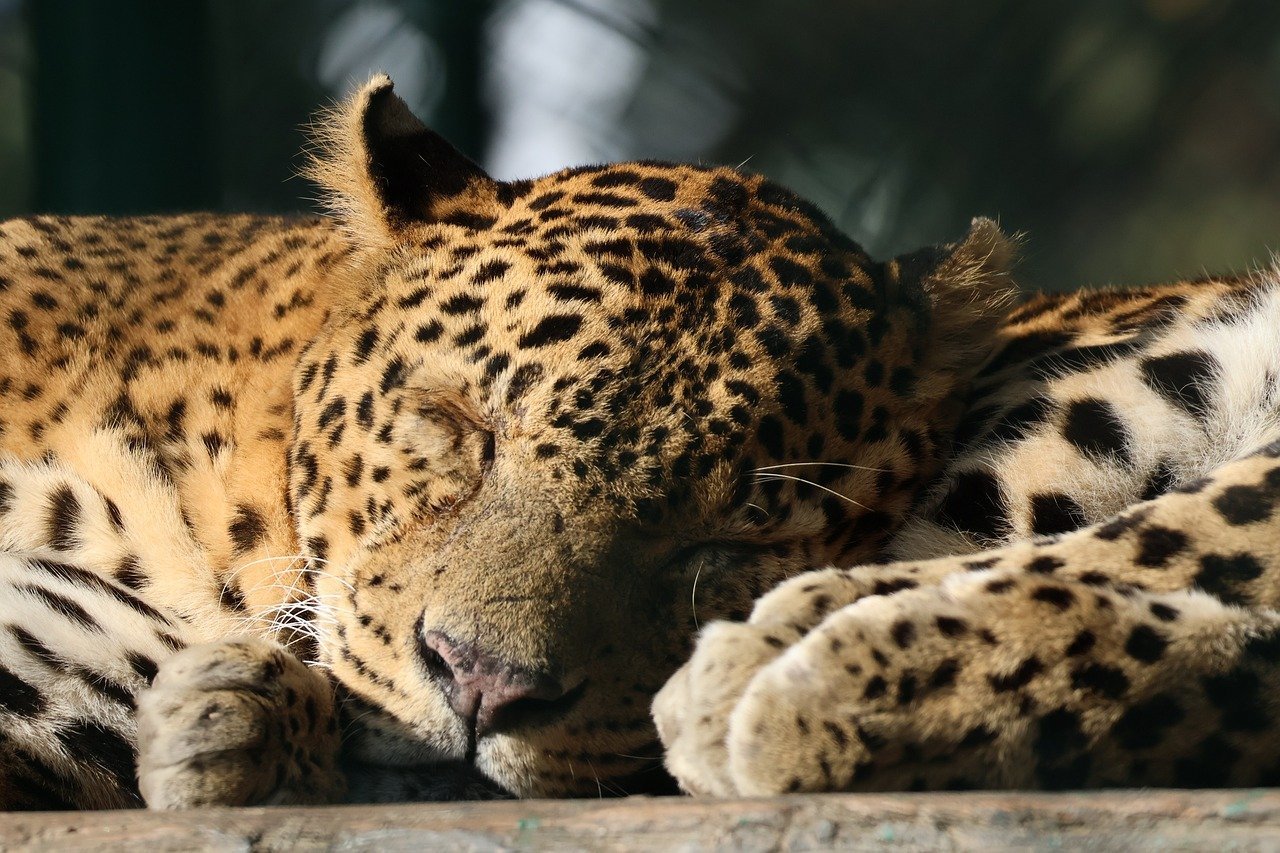
Big cats have developed silent communication methods to coordinate their hunting efforts without alerting their prey. Subtle body language, eye contact, and vocalizations are used to convey information and plan their approach. This ability to communicate silently is essential for maintaining the element of surprise and ensuring that the ambush is executed flawlessly. It is a testament to the intelligence and social complexity of these magnificent animals.
The Importance of Observation
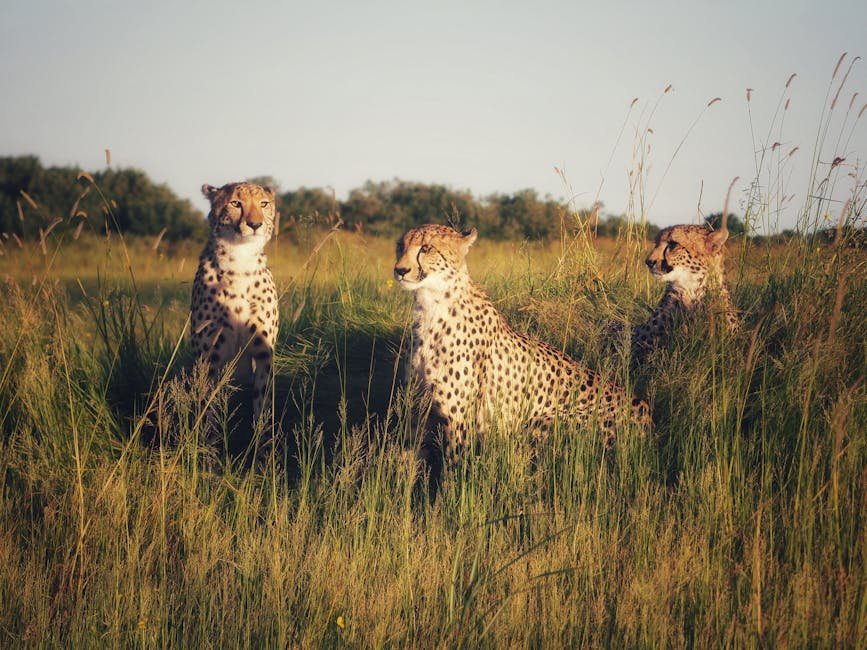
Observation is a critical skill for big cats when selecting ambush spots. They spend a significant amount of time watching their environment and the behavior of their prey. This observation allows them to identify potential weaknesses or opportunities that can be exploited during a hunt. By honing their observational skills, big cats can make informed decisions about where and when to strike, increasing their chances of a successful ambush.
Energy Conservation
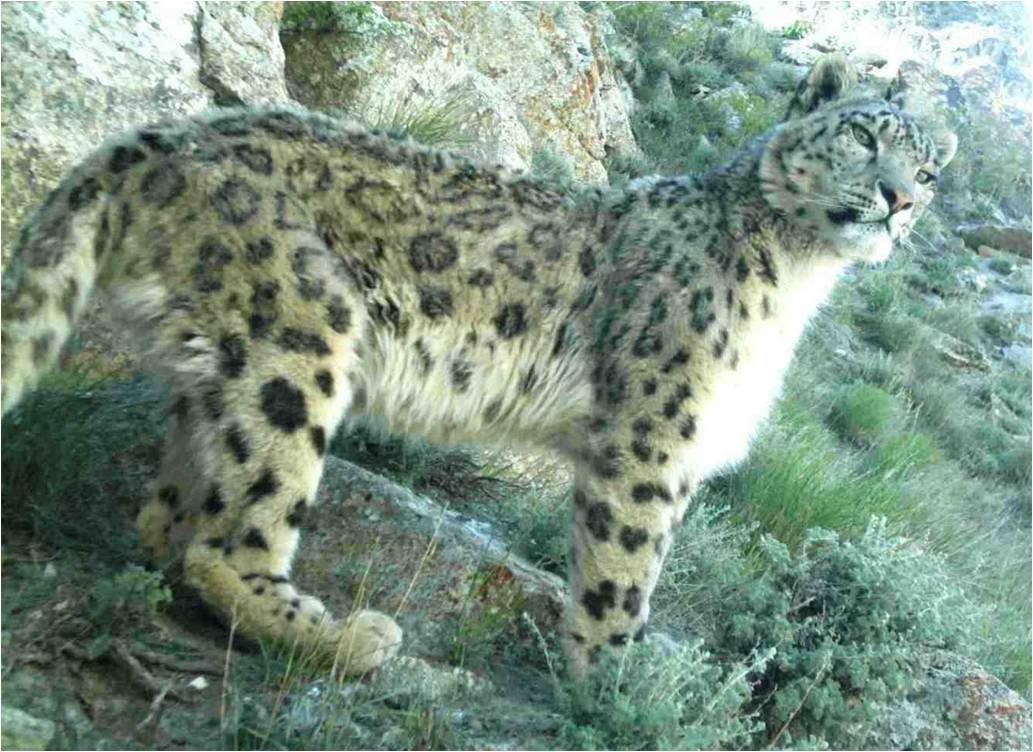
Energy conservation is an important consideration for big cats when choosing an ambush spot. Hunting is a physically demanding activity, and big cats must balance the energy expended in pursuit with the energy gained from a successful kill. By selecting ambush spots that require minimal movement and effort, big cats can conserve their energy for the final sprint or struggle with their prey. This strategic approach maximizes their efficiency as hunters and helps ensure their survival.
Using Water as a Barrier
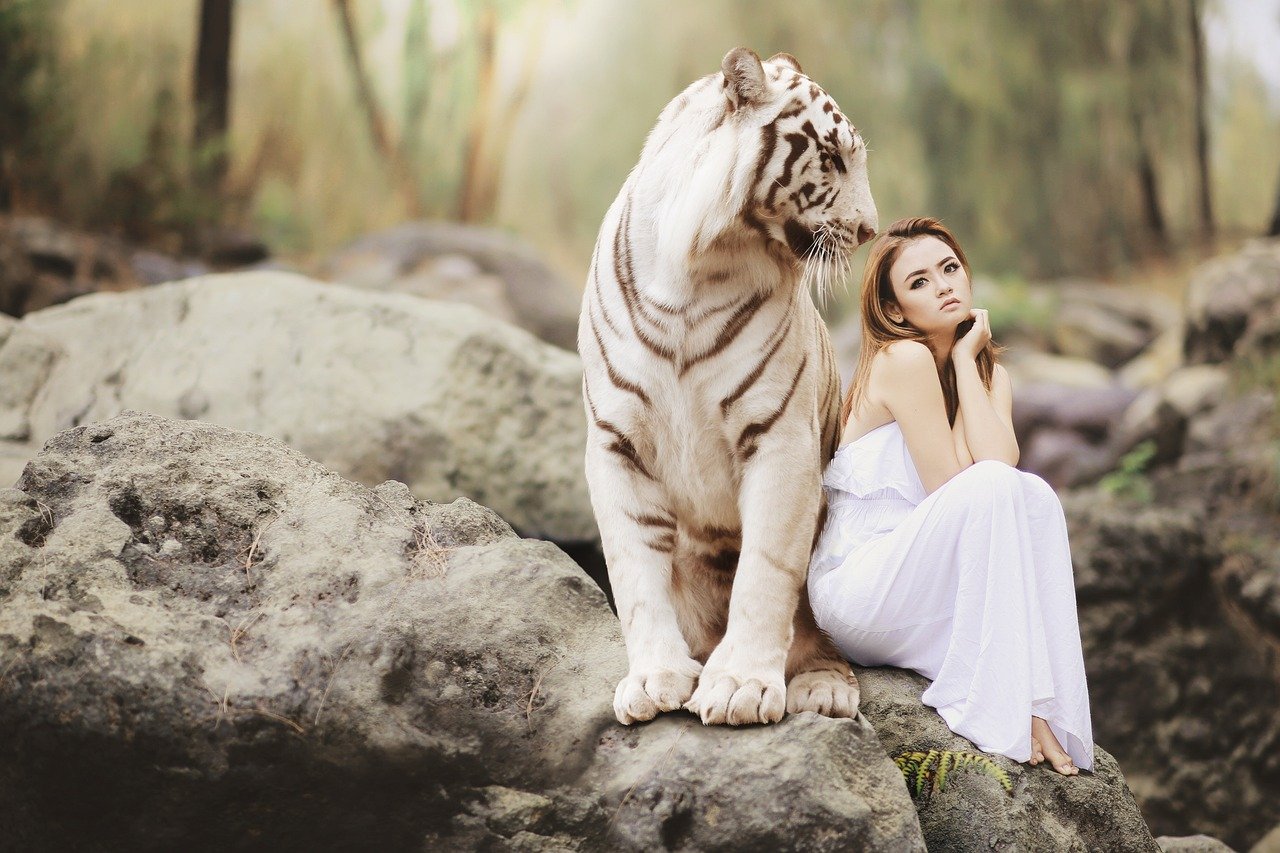
Water can serve as a natural barrier that big cats use to their advantage. Some species, like tigers, are comfortable in water and may use it to approach prey silently. By positioning themselves near a water source, they can trap prey that comes to drink, using the water as a barrier to prevent escape. This clever use of natural features demonstrates the adaptability and resourcefulness of big cats in their quest for food.
Nighttime Hunting
Many big cats are nocturnal hunters, using the cover of darkness to enhance their ambush strategies. The reduced visibility at night allows them to get closer to their prey without being detected. Big cats have excellent night vision, which gives them a significant advantage over their prey in low-light conditions. By choosing ambush spots that are effective both day and night, big cats can increase their hunting success and maintain a steady food supply.
Leveraging Height Advantage
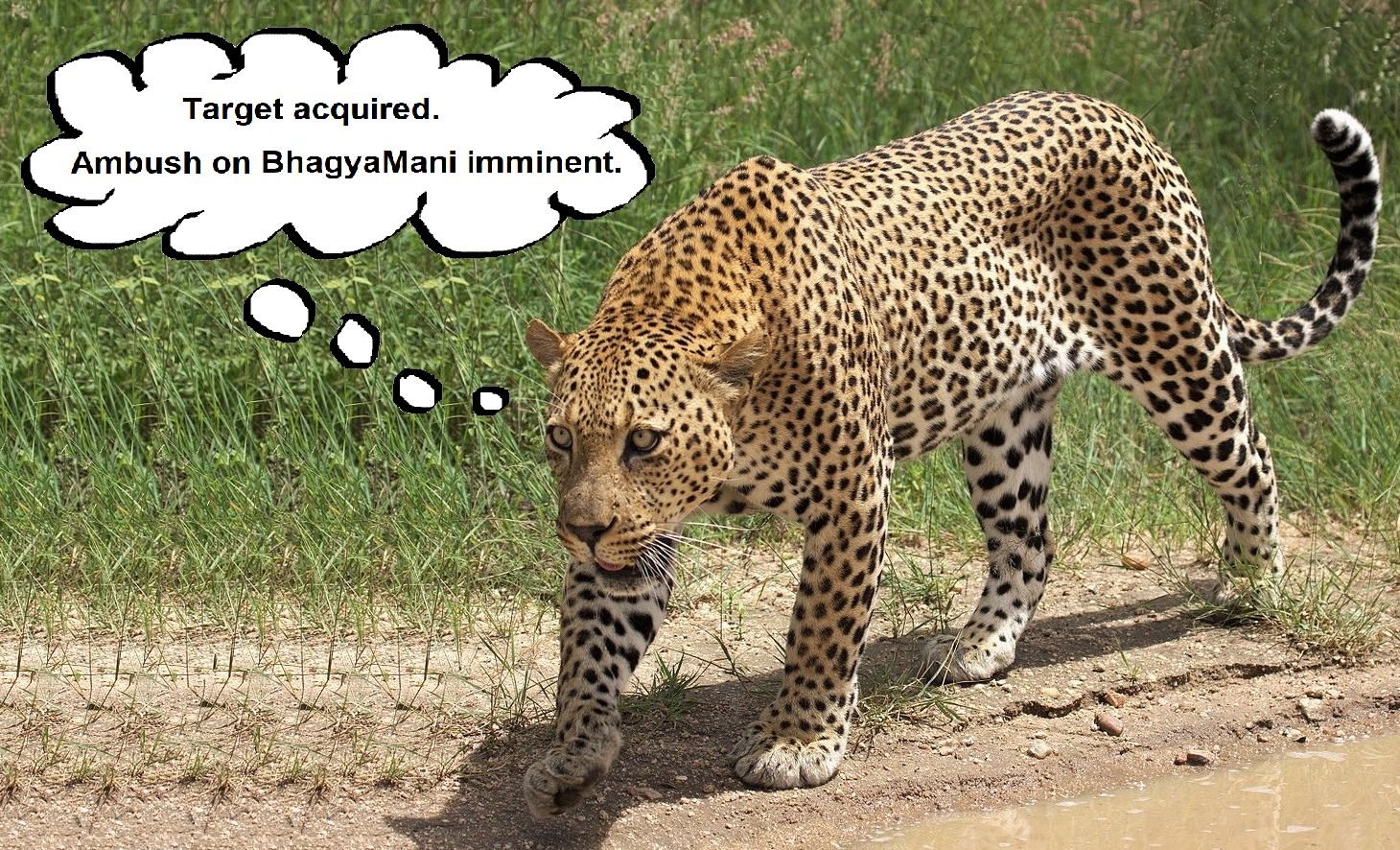
Height can provide a strategic advantage for big cats when selecting ambush spots. Leopards, for example, often use trees to survey their surroundings and launch surprise attacks from above. This elevated position allows them to spot prey from a distance and plan their approach with precision. By leveraging the height advantage offered by trees or rocky outcrops, big cats can increase their chances of a successful ambush and gain an upper hand in the hunt.
Understanding Seasonal Changes

Seasonal changes in the environment can impact the availability of prey and the effectiveness of ambush strategies. Big cats must be attuned to these changes, adjusting their tactics to suit the conditions. For example, during the dry season, water sources may become concentrated, making them prime ambush locations for thirsty prey. By understanding and adapting to seasonal variations, big cats can maintain their hunting success throughout the year.
Instinct and Intuition
Instinct and intuition play a significant role in how big cats choose their ambush spots. These animals are guided by innate behaviors that have been honed over generations. While experience and learning are important, big cats also rely on their instincts to make split-second decisions during a hunt. This combination of learned behavior and instinctual knowledge allows them to navigate the complexities of their environment and execute successful ambushes time and again.
The Final Pounce
The moment of the final pounce is a culmination of all the factors that have gone into selecting the perfect ambush spot. Big cats rely on their speed, strength, and precision to close the distance and secure their prey. This critical moment marks the end of the hunt and the beginning of a successful meal. The careful planning and execution of the ambush demonstrate the remarkable skills and abilities of these extraordinary predators.
In conclusion, big cats are incredible hunters, with each species exhibiting unique strategies and techniques for selecting the perfect ambush spot. Through a combination of patience, observation, and adaptability, these majestic animals continue to thrive as some of the most efficient and awe-inspiring predators on the planet.
Hi, I’m Bola, a passionate writer and creative strategist with a knack for crafting compelling content that educates, inspires, and connects. Over the years, I’ve honed my skills across various writing fields, including content creation, copywriting, online course development, and video scriptwriting.
When I’m not at my desk, you’ll find me exploring new ideas, reading books, or brainstorming creative ways to solve challenges. I believe that words have the power to transform, and I’m here to help you leverage that power for success.
Thanks for stopping by, Keep coming to this website to checkout new articles form me. You’d always love it!






